Welcome to
The Practical Forest School
We provide forest school programmes and events to schools as well as independent afterschool clubs and birthday parties in and around Horsham, West Sussex.
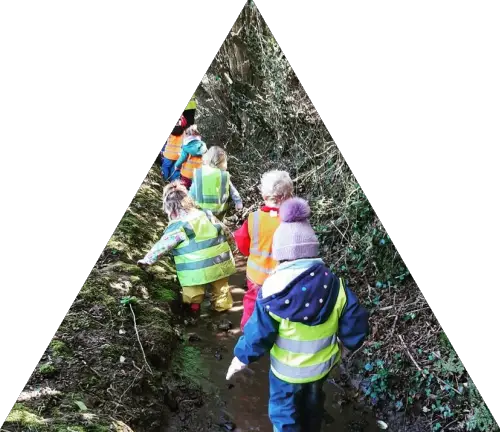
We believe in the power of being outdoors. We believe that children should be free to play because play is learning. We believe that a stick can be anything, and that life skills like risk taking can be developed in a child-led environment.
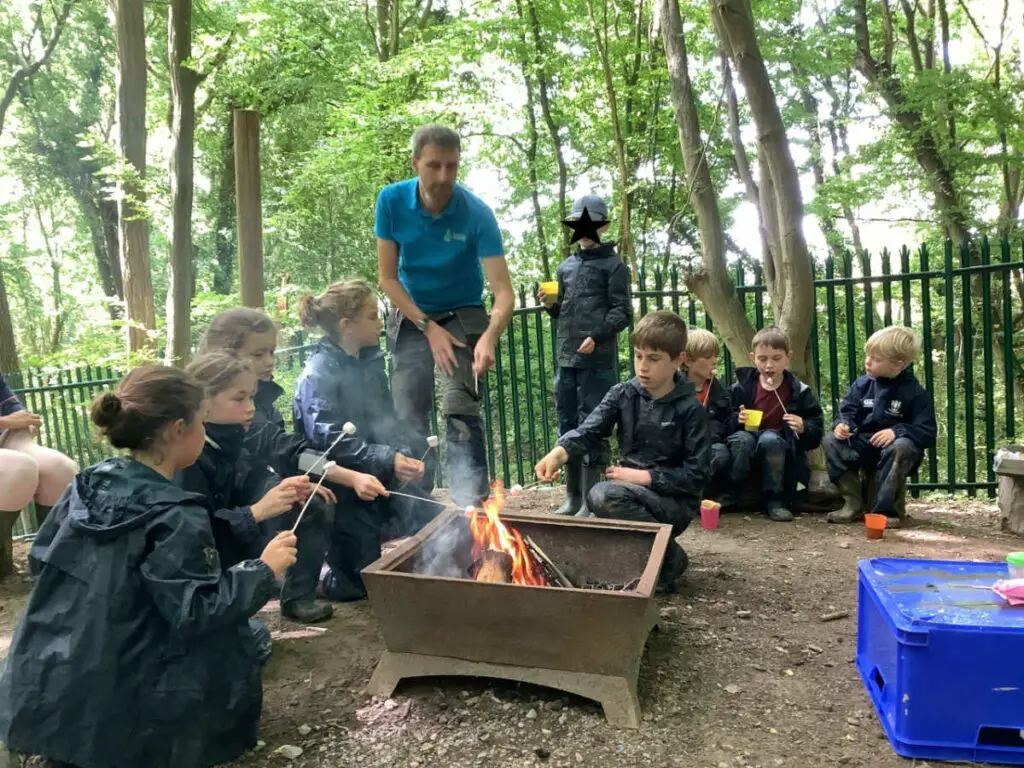
We offer both forest school sessions and curriculum-led outdoor learning where children can get away from their desks. Let’s bring the National Curriculum to life and help kids understand their natural world.
We love the lightbulb moments when a child suddenly realises they can light a fire, or jump a stream, or walk a slackline… when they’re proud of the stick man, the carving, the leaf art that they’ve made.
We can bring those experiences to your school, either through curriculum-based sessions (think: meteorology, the natural world, habitats, history, science, biology) or through child-led free play sessions through afterschool clubs.
Afterschool Clubs
Our blog
Find out what’s happening in the forest school world, get ideas for outdoor activities to use with your own groups, download printables and learning resources and follow along with our journey as we create outdoor learning experiences for children in Sussex!
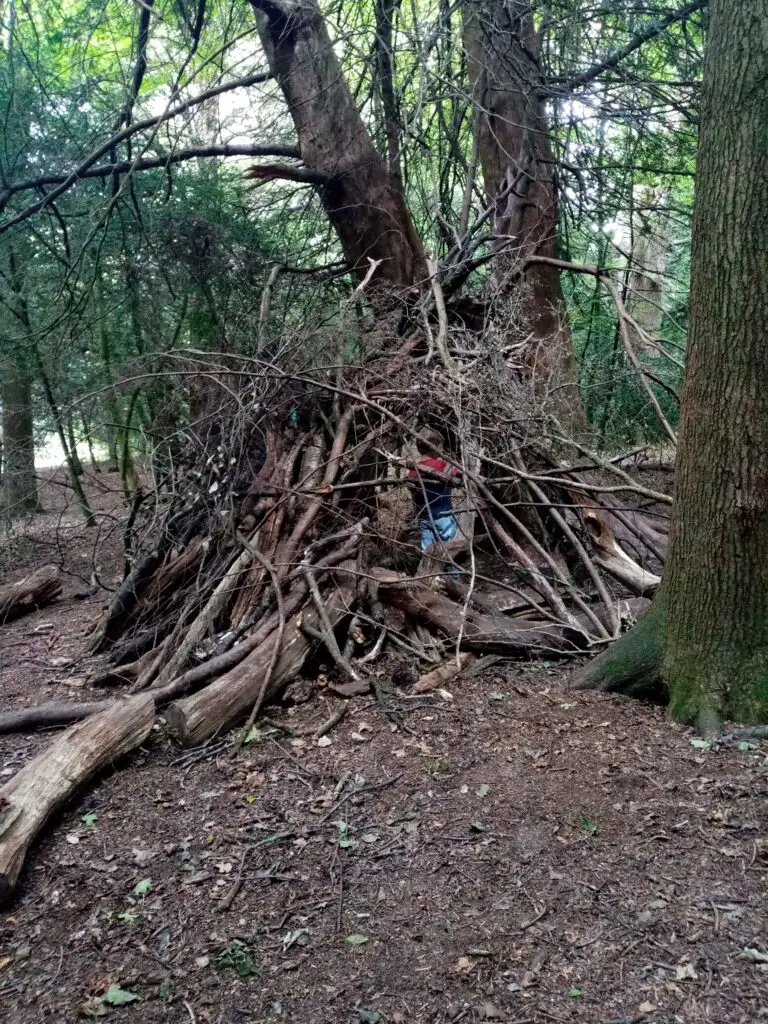
Exploring Different Types of Shelter for Forest School
Discover the different types of shelter for forest school, from tarp shelters to dens and wooden constructed shelters. Learn about safety considerations and creative ideas to enhance your forest school experience.
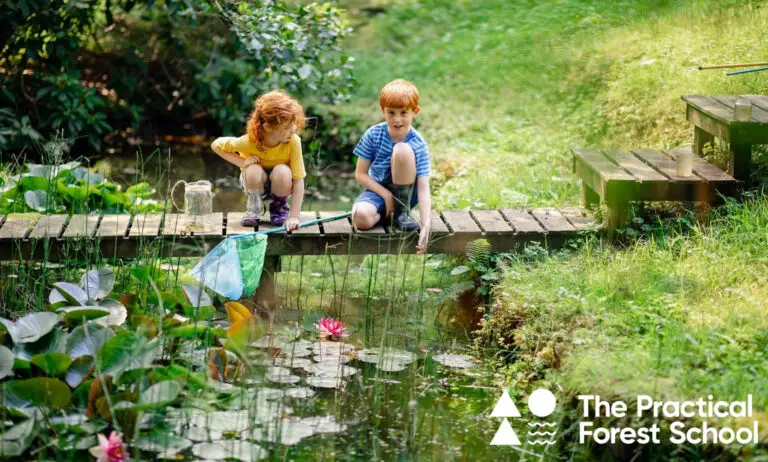
Pond Dipping: The Simple How To Guide
Some of my earliest memories with wildlife were at the local nature reserves, armed with a green net and an ice cream tub, fishing for whatever we could skim from the pond. Pond dipping is a simple activity that can help foster a love of the outdoors and nature. We’ve yet to meet children who…

7 Easy Forest School Activities for Summer
This article contains affiliate links at no cost to you. Thanks for supporting our work! If you’re looking for easy Forest School Activities for Summer, you’ve come to the right place! You’ll find easy ideas for bug hotels, flower crowns, and more! We’ve curated some of our favourite ways to engage children during forest school…
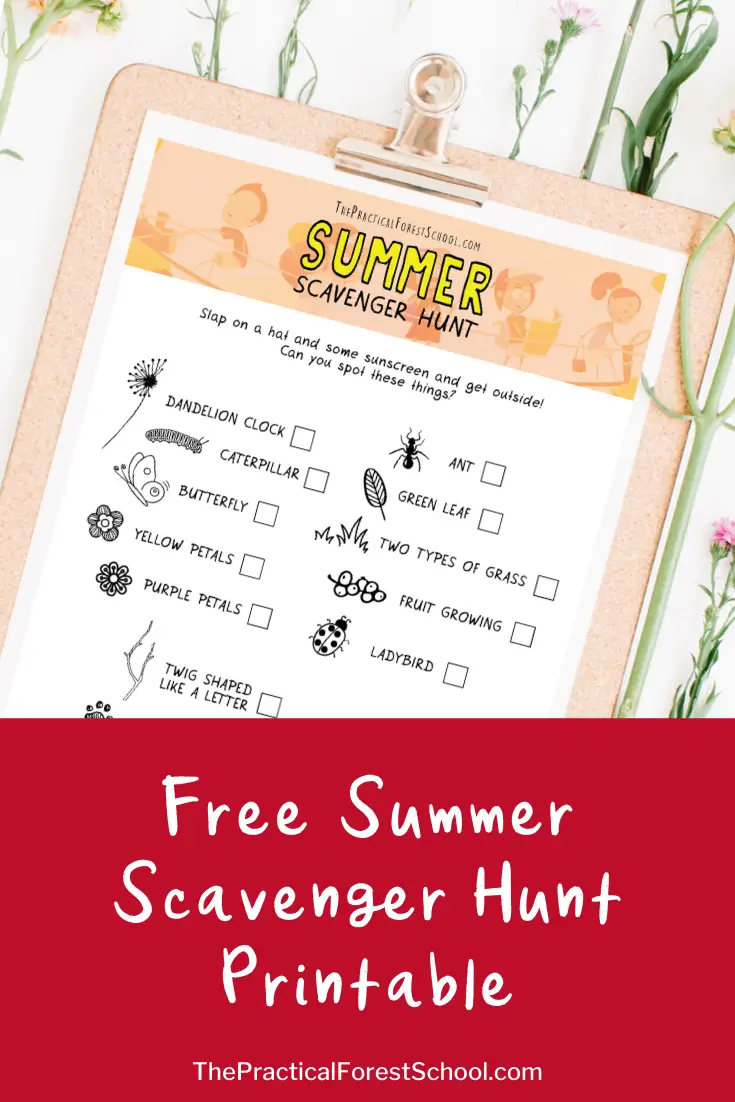
Summer Outdoor Scavenger Hunt with free printable
It is time for a summer activity and we have the perfect summer outdoor scavenger hunt printable for you to use. Whether you want to take your kids on a nature walk as a parent, youth group leader, or just want something structured to offer as an activity in the woods, get outside see how…
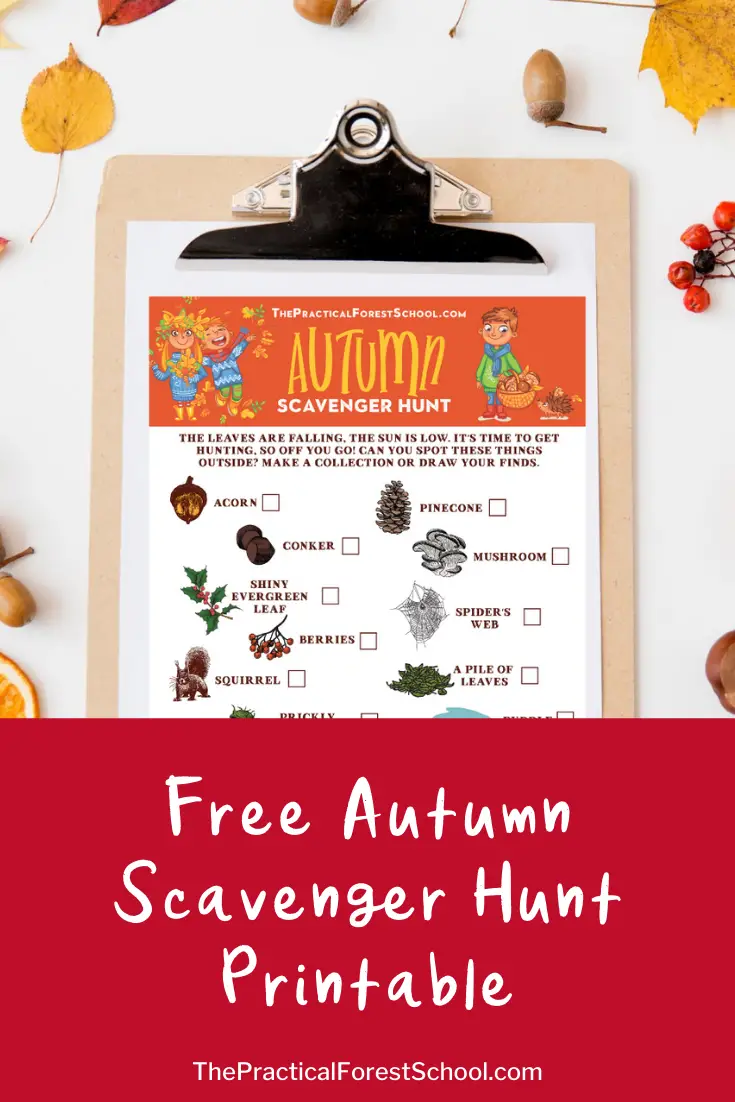
Autumn/Fall Outdoor Scavenger Hunt with free printable
It’s autumn (or fall, depending on where you are) and it’s still warm enough to get outside for a scavenger hunt. Scavenger hunt ideas Here are some ways you could use a scavenger hunt with your children, or children in your setting. On a walk, where the scavenger hunt is the purpose of the activity…
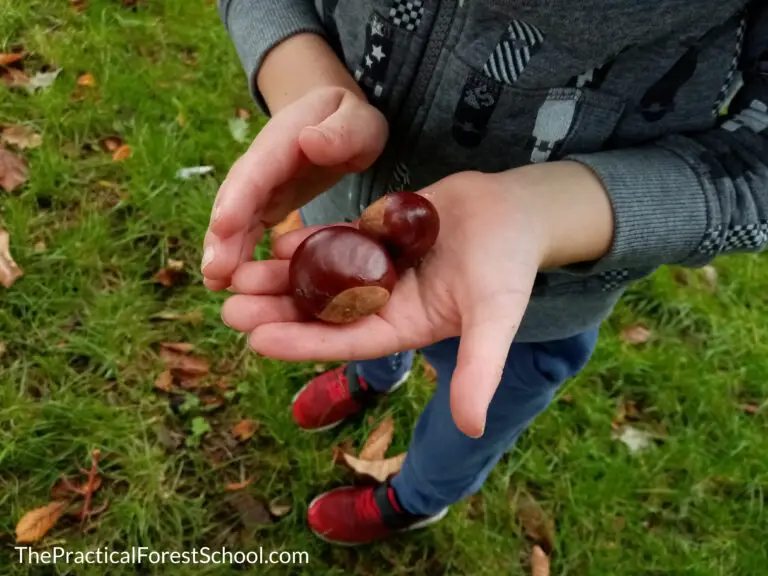
15 Easy Autumn Forest School Activities
This article contains affiliate links at no cost to you. Read our earnings disclosure. Are you looking for easy forest school activities for autumn! (Or fall, as our US readers would call it!). You’re in the right place. We have a bunch of simple outdoor activities to share that take little time to set up,…